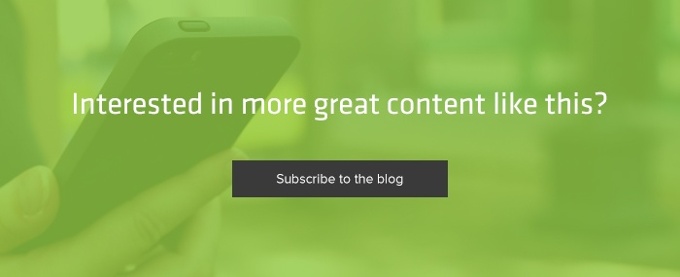How to Automate Customer Communications Across Multiple Channels
Automation | Customer Communications | Digital Experience | Document Automation
Technology has changed the face of customer communication.
With the advent of tablets and smartphones, consumers now carry connected devices in their pockets. Businesses can communicate with their customers through the same multitude of channels that those same customers use to communicate with their friends. Customers decide the most convenient times to scroll through their email, social media, and browse the Internet. Customers choose which channels to use for connecting with their bank, utilities, and insurance companies. Customers even choose to interact. That means that businesses have the difficult task of delivering relevant messages using the best-suited media at the right times.
Since we know that consistency across channels results in greater ROI, it’s up to businesses to coordinate their customer communications. New communication channels aren’t just for customers, though. Businesses can take advantage of software that syncs messages and times them correctly. Here is how to use automation technology to communicate over multiple channels with your customers.

Are you communicating with your customers where, when and how they want?
What is Automation in Customer Communications?
Despite the current buzz around robotic process automation, or RPA, automation in the customer communications management (CCM) world is not new. In fact, CCM software has been automating customer communications for decades. For companies not using CCM software, consistency in customer experience (CX) was left to management techniques.
Automation removes a large portion of the human factor and allows businesses to control customer interactions using software. Using CCM software, companies of all sizes can provide true uniformity in their customer communications, resulting in greater operational efficiency and improved CX. The results are greater customer loyalty and higher customer retention levels, which lead to business growth.
The Reach of Automation in CCM
CCM applications streamline the design and delivery of customer communications, and ensure that information released by a company on web, mobile, and print channels are in harmony. Beyond automating rote communications like statements and notifications, automation can simplify and speed up real-time, ad-hoc customer interactions. Employees can be more productive -- and enjoy higher job satisfaction -- when CCM software pre-populates draft communications that can be quickly reviewed and further personalized, rather than the employee having to build them from scratch every time.
As a benchmark, consider that, on average, our customers using our CCM software see a 70% increase increase in end-user productivity, versus using their previous solutions, including other CCM solutions or Microsoft Word templates. Much of that increase in productivity comes from partially or fully automating at least some communications.
Integrated Multichannel Communication Strategy
Whether serving more traditional customers that still read print or tech-savvy folks who live on their smartphones, it’s up to your business to meet your customer where they are. Investing in a multichannel communications platform is a necessity for any business that expects to offer the best in CX.
CCM applications combine customer data with conditional logic and RESTful APIs to partially or, if all required data are provided, to fully automate communications. They make it possible to cater to large volumes of customers with disparate interaction styles. Large-scale communications can be released via batch processing while individual responses, for example to satisfy a self-service request from a web portal, can go out on an on-demand (event-based) basis. CCM software makes the process nimble and user-friendly enough to provide a smooth and satisfying CX.
CCM Part of Digital Experience
Your customers are literally walking around with a communications portal in their pocket. Smartphones provide a single access point to web, email, social and SMS channels. Businesses should take advantage of that connectivity by infusing every customer engagement with consistent and proper messaging. CCM software makes it easy to give customers what they want, when they want it, and to build loyalty at the same time. CCM software also makes it possible to automate, but still fully personalize, those communications at scale. That's why a CCM solution should be part of your customer engagement strategy and digital customer experience architecture,
To learn more about what we’re doing to incorporate automation into CCM and improve your customer communication, subscribe to the Topdown blog.
Photo by rawpixel on Unsplash (no longer available on the site)







